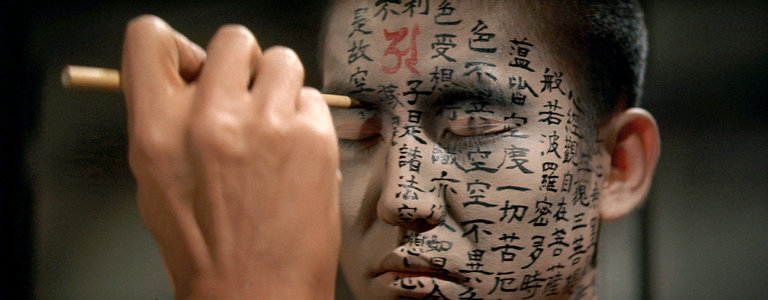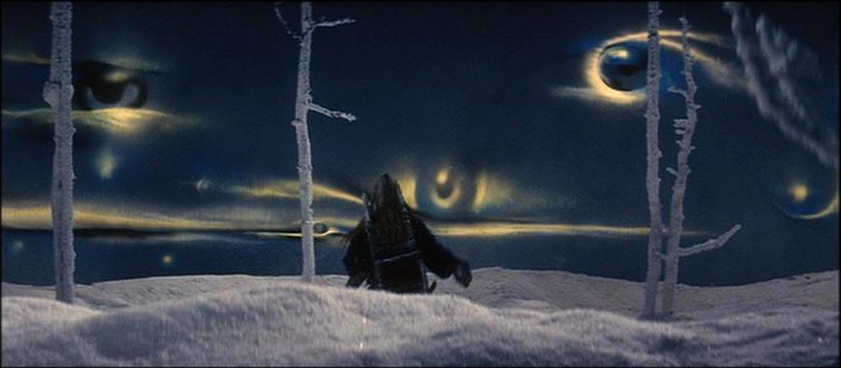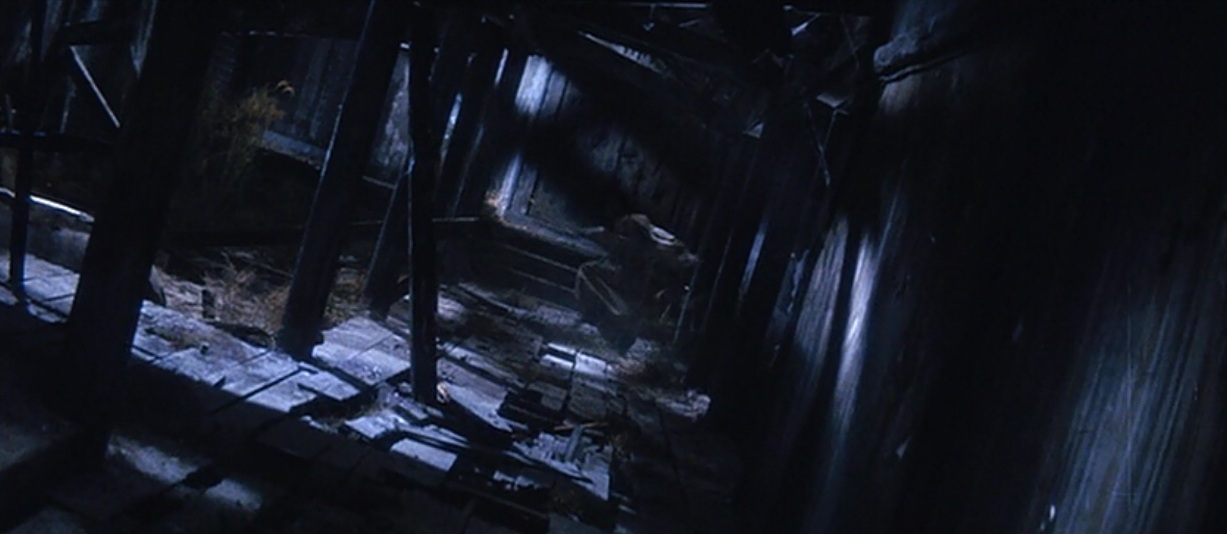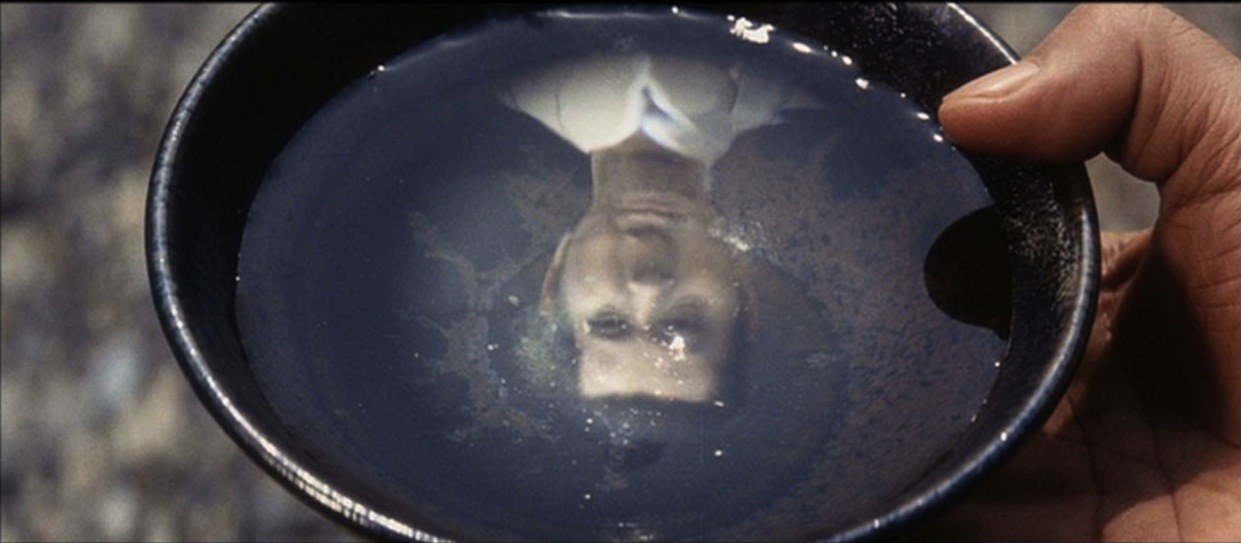Boo! It's "Oscar Horrors". Each evening we'll look back on a horror-connected nomination until Halloween. Here's Dancin' Dan on a spooky Japanese beauty...

Have any of you ever seen Masaki Kobayashi's Kwaidan? I wouldn't be surprised if you hadn't. Even among Japanese films, it's not much talked about today, though it deserves to be. Kwaidan is a rarity in so many ways - an omnibus film made by one director, a truly artful horror film, a groundbreaking work of art. It was nominated for the Best Foreign Language Film in 1965 (losing to the heartrending The Shop on Main Street from Czechoslovakia), and it's a bit hard to imagine it getting that far today, even with its arthouse bona fides like a Special Jury Prize at Cannes...
Kwaidan is a bit of a strange beast. It consists of four segments, each an adaptation of a story from Lafcadio Hearn's collections of Japanese folk tales. The title actually translates to ghost story, and indeed, the whole project has a sort of "tales told 'round the campfire" quality to it, especially in its expressive, notably stage-bound sets:

That's a still from the second segment, Lady of the Snow, and it is supposed to be a forest in the middle of nowhere in the dead of winter. The surreality of the sets and backdrops are just one of the tools Kobayashi uses to throw the audience ever so slightly off-kilter, and that sense of unease fits these stories like a glove. This was the director's first color film, but you'd never know it - the film is positively bursting with it, owing as much to color as it does to its source material.
But as beautiful as Kwaidan looks (trailers at the time touted its 350 million yen budget and ten-year development, and you can see ALL that time and money onscreen), what's even better is how it sounds. Tôru Takemitsu's score is beyond compare. Wildly unconventional in practically every sense, it's most effective in the first story, The Black Hair.

The story is an oft-told folk tale: A peasant samurai is seduced by the wealth and power of the big city, and leaves his loving wife behind to make his fortune there, where he marries an aristocrat. Before long, he tires of his city wife and life, and makes his way back to his original home and wife, finding her still there, exactly as he left her - until the harsh light of day creeps in. That's when Kobayashi cuts out the soundtrack completely, leaving Takemitsu to weave a spell using only what sounds like multiple wooden boards breaking and clapping together. It is as if the very fabric of reality has come unglued, as these sounds almost-but-not-quite match with the samurai's frenzied attempt to escape his decrepit old house. It's totally unnerving and completely audacious in the best way.
But, dear reader, I must leave you with the tease of the final segment, In a Cup of Tea. Hearn's original story is actually a fragment, with the author admitting so upfront, and ending by saying: "I am able to imagine several possible endings, but none of them would satisfy an Occidental imagination."

How does Kobayashi end his film version? I won't say, but in doing so, he comes up with a perfect ending, making sure that Kwaidan goes out with a big splash.

Season 3 Oscar Horrors is a Wrap
The Bad Seed - Supporting Actress
Bram Stoker's Dracula - Makeup
Dr Jekyll & Mr Mouse -Animated Short
Flatliners - Sound Editing
Fatal Attraction - Film Editing
Misery - Actress
Pan's Labyrinth - Production Design
The Sixth Sense - Picture
Sleepy Hollow - Production Design
Sweeney Todd - Best Actor
The Uninvited - Cinematography
Whatever Happened to Baby Jane? - Cinematography